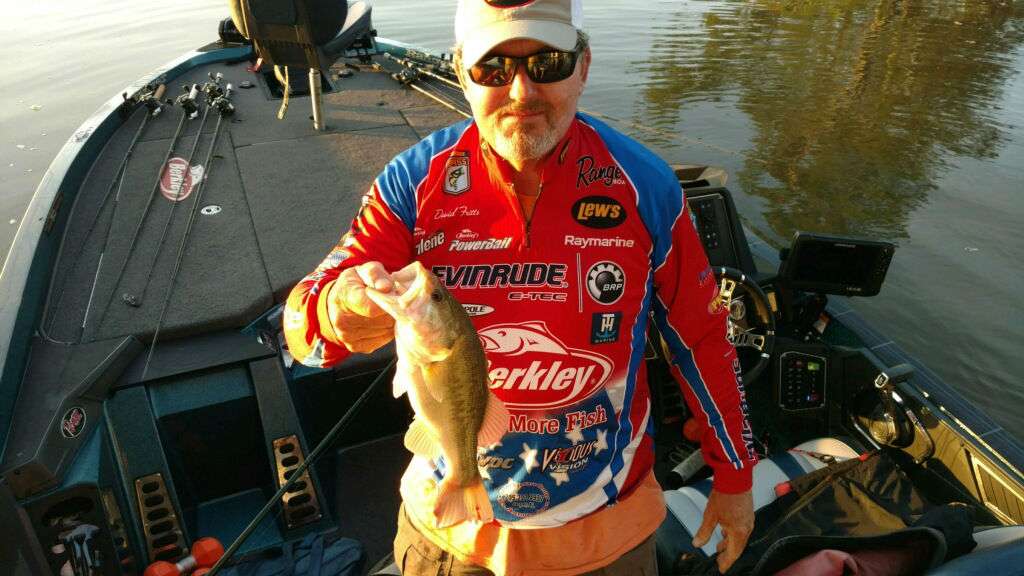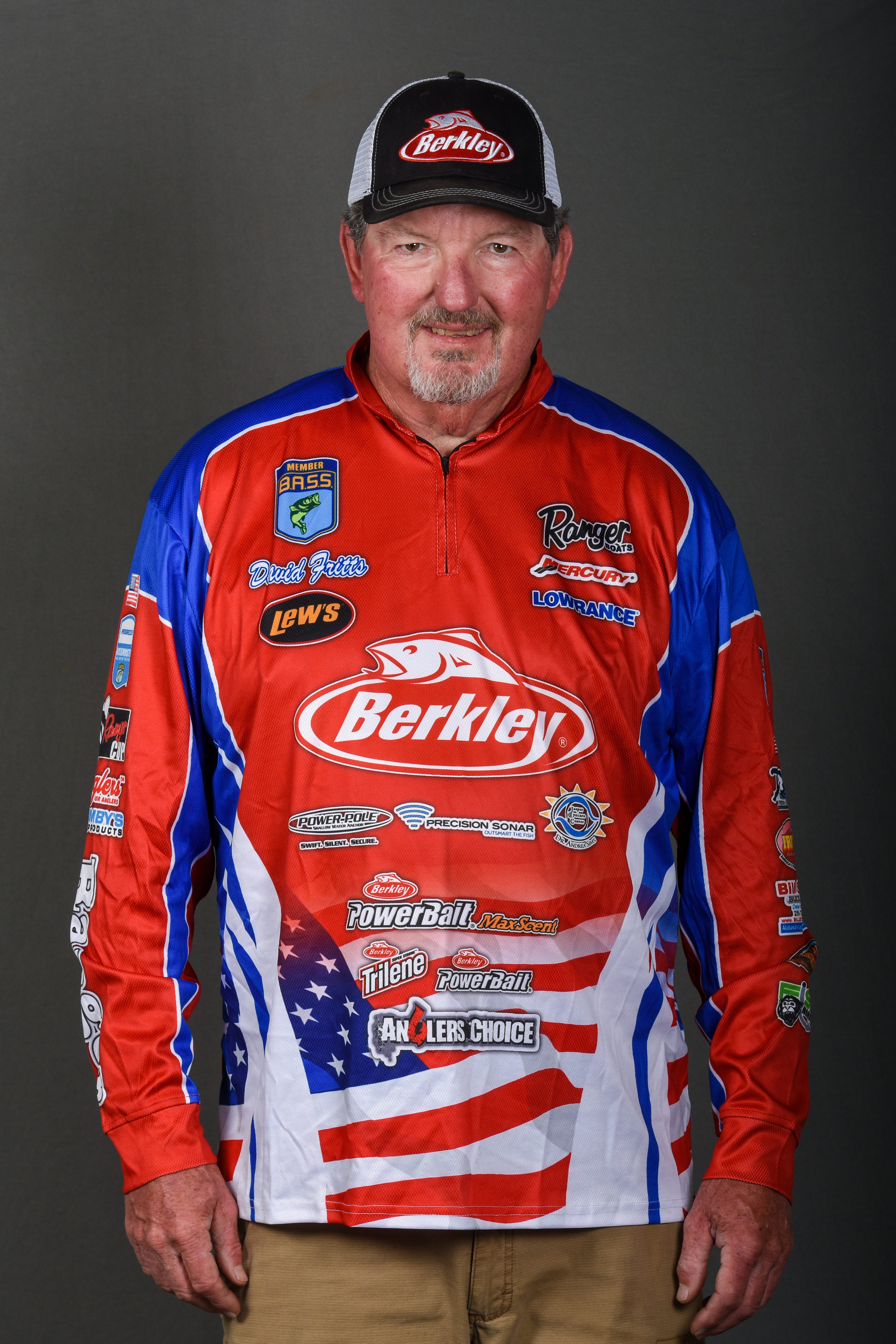
Last time we talked about how to find isolated spots offshore. This time let’s talk about how to fish those spots. I’m going to talk about crankbait presentations but really everything I say applies to any lure in you tackle box.
One thing that’s important about fishing isolated targets or short stretches of structure after you find them in open water is to make sure you actually fish your target and to make sure you fish it from every possible angle. And, you want to fish these places at different times of the day.
If you’re fishing with a crankbait that means you start by making long casts that go well past your target.
You want to make sure that your bait is far enough out there to get down to its maximum running depth before it’s at the target. Otherwise all you’ll do is throw on top of something and then crank past it. Making a long cast is important for another reason, too. The longer your lure is in the water the more water it’ll cover. The more water it covers the more bass you’ll catch.
One thing a lot of anglers don’t understand is that casting distance comes mostly from your reel, not from your rod. Make sure you fish with the best reels you can. I fish with a Lew’s BB1 model regardless of what bait I’m casting.
The next thing is to cover everything from different angles. Sometimes bass will ignore a lure coming towards them or going away from them but will kill it if it’s presented to them at an angle. The thing about that is that you never really know for sure what the best angle will be until you try them all.
The only exception to what I’ve said is that I don’t fish the shallow side of anything very much. It seems like that’s not where I get my bites so I don’t waste my time fishing there anymore.
Covering spots at different times of the day requires that you make long runs and that you put some hours on your outboard. That means fuel usage. That’s as important to me as it is to you. I don’t have a fuel sponsor. I buy my own gas and I pay the same thing for it that you pay.
Because of that I’ve learned a few things over the years that help me same money. My outboard is an Evinrude E-TEC G2 250 H.O. It’s plenty fuel efficient but it’s still big and it still burns gas. I control that by backing off on the RPMs a little bit.
There are charts all over the place that’ll tell you what RPM setting is the most efficient for your particular motor. They’re great. I encourage you to use them. As a practical matter, though, you can save huge amounts of money by just running your outboard at 5200 RPM instead of 5500. Or even better, back it off to 5000. That won’t make that much difference in your speed but it will make a big difference in how much gas and oil you have to buy.
Make every part of your bass fishing efficient. You’ll catch more bass if you do.

